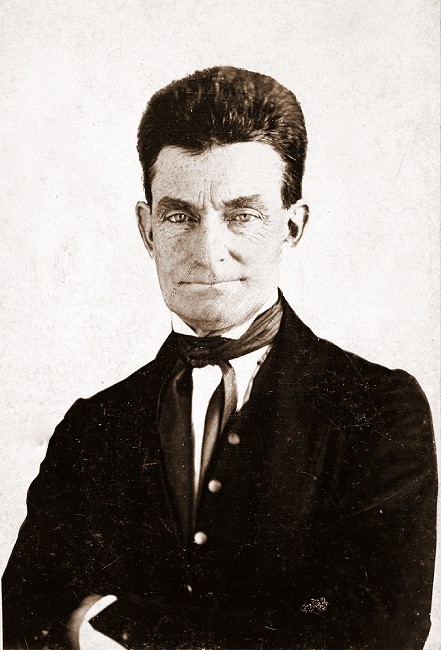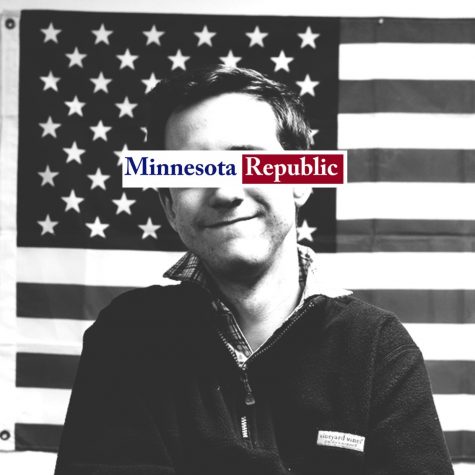Remembering John Brown

John_Brown_by_Levin_Handy,_1890-1910
October 19, 2017
In the wake of recent events, such as the Charlottesville “Unite the Right” rally on August 12, cities and communities have disputed removing Confederate monuments in cities across the nation. Cities such as New Orleans, Los Angeles, and Annapolis have already removed Confederate monuments because of the claim that these monuments support and promote white supremacy. While cities, communities, and organizations debated the removal of Confederate monuments, the state of Vermont designated October 16 as John Brown Day. As Civil War tensions infuse the media because of the monuments and recent attacks, it is essential to be familiar with and remember John Brown.
It is not a secret that slavery played a fundamental role in the Civil War. The debate about the display of Confederate monuments in public spaces has sparked up a conversation about the racism, white supremacy, and the Confederates. I am not writing this article to discuss the Civil War or white supremacy; I am writing this article to promote the legacy of one of the most prominent abolitionists, John Brown. The term abolitionist, which refers to a person who supported the abolition of slavery in the United States, became popular during the Civil War era. A whole movement led by mainly white Christians, the abolitionist movement, was created to endeavor to end slavery in a nation that proclaimed freedom, democracy, and the banner that “all men were created equal.”
When discussing the Civil War, heroic names like Abraham Lincoln and Harriett Tubman (also a famous abolitionist) are often mentioned. However, in books and American history classes, one seldom hears about John Brown.
I was mildly familiar with John Brown until I visited his museum over the summer in Harpers Ferry, West Virginia. Harpers Ferry is only about two hours north of Washington D.C., I highly recommend you visit Harpers Ferry next time you go to D.C. Harpers Ferry is a small town, with a population of about 300 people, located in on the border between West Virginia and Maryland. Harpers Ferry is the town where it all happened. By “where it all happened,” I mean where John Brown led a group of abolitionists to target a U.S. military arsenal.
John Brown’s raid on Harpers Ferry occurred on the night of October 16, 1859, after Brown’s army of about 20 men stormed into the town to provoke a slave rebellion in the South. Brown’s plan was to confiscate ammunition, provide weaponry to the slaves, and start a massive slave revolution that could free the nation’s 4 million slaves. A group of U.S. Marines led by Colonel Robert E. Lee surrounded and captured Brown and his men without hours of the insurrection. Brown was immediately tried and convicted by the state of Virginia (now West Virginia) for treason and murder. On December 2, 1859, moments before Brown was executed in Charles Town, Brown handed his guard a slip of paper that read, “I, John Brown, am now quite certain that the crimes of this guilty land will never be purged away but with blood.”
Brown’s courage to risk and end his life for others is an act of heroism that should forever be remembered as a legacy in American history. Just like we acknowledge Rosa Parks for her activism in the Civil Rights movement, Ellen DeGeneres in her activism for LGBT Rights, and Mahatma Gandhi for his leadership in the Indian independence movement against British rule, we should also acknowledge John Brown’s role as an anti-slavery activist who endangered his life for the rights of others.
During a period of controversy, tension, and political turmoil, like the current one, as American citizens, it is our duty to become active members of our communities and help overcome any injustices you see that arbitrarily target a specific group of people. It was 158 years ago that Brown revolted when he saw that Thomas Jefferson’s sacred quote, All men are created equal, was not evidently being applied. Nations will always have issues, whether they are domestic or international. Despite the issues in the 1850s that Brown faced and issues we face now, we must acknowledge as Brown said, “This is a beautiful country.”












